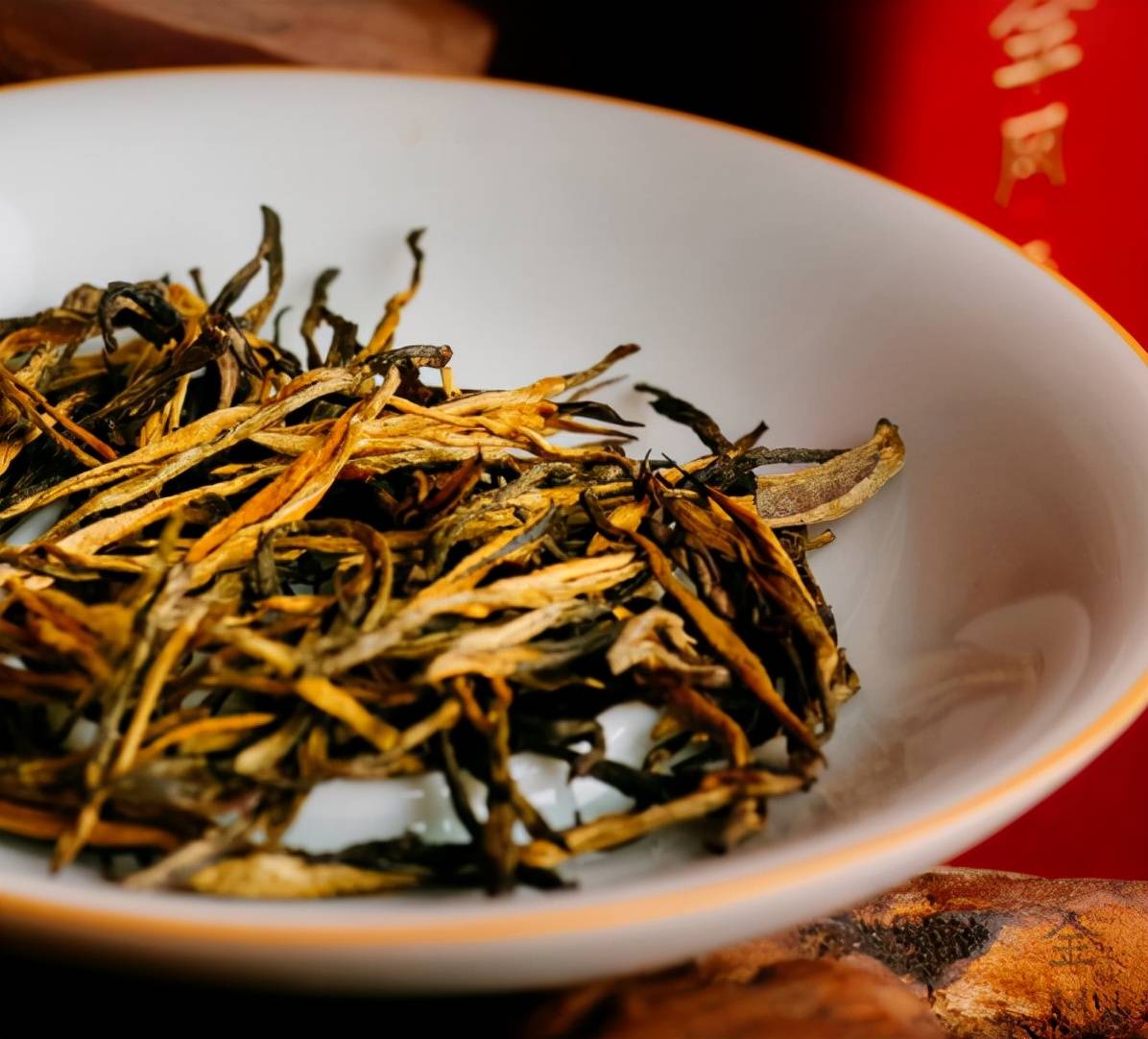
Deutsch-Chinesische Enzyklopädie, 德汉百科
 Yunnan Sheng-YN
Yunnan Sheng-YN

Der Dian Chi (chinesisch 滇池 Diān Chí) ist ein Süßwassersee im Ostteil des Yunnan-Guizhou-Plateaus auf dem Gebiet der Stadt Kunming, der Hauptstadt der chinesischen Provinz Yunnan. Er wird manchmal auch Kunming-See (昆明湖 Kūnmíng Hú) genannt.
Das denkmalgeschützte Wasserkraftwerk Shilongba (石龙坝水电站) wird mit seinem Wasser betrieben.









Der Er Hai (chinesisch 洱海, Ěr Hǎi) oder „Erhai-See“ ist ein durch eine alpine Verwerfung entstandener See in der südwest-chinesischen Provinz Yunnan.
Der Erhai war früher auch bekannt als Yeyuze oder Kunming-See. Ein verbreiteter Übersetzungsfehler ist „Ohr-See“. Das chinesische Zeichen für „Ohr“ ist jedoch „耳“; das Zeichen „洱“ bezeichnet einen Eigennamen und kommt noch im Stadtnamen Pu’er vor.
Der Erhai liegt auf einer Höhe von 1.972 m über dem Meeresspiegel. In der Nord-Süd-Ausdehnung hat der See eine Länge von 40 km und die Ost-West-Breite beträgt etwa 7–8 km. Seine Fläche beträgt 250 km² und damit ist der Erhai der zweitgrößte Hochland-See von China, nach dem Dian-See bei Kunming. Sein Umfang beträgt 116 km, seine durchschnittliche Tiefe beträgt 11 m und die gesamte Speicherkapazität liegt bei 2,5 Milliarden m³.
Der See liegt eingebettet zwischen den Cangshan-Bergen im Westen und der Stadt Dali. Er beginnt bei Dengchuan an seinem nördlichen Ende und endet bei Xiaguan – der Neustadt von Dali – im Süden. Der Erhai erhält Wasser im Norden aus den Flüssen Miju und Mici, im Osten vom Bolou, sowie von kleineren Strömen aus dem Cangshan Gebirge. Der Fluss Yangbi ist der Auslauf des Sees im Süden und er fließt schließlich in den Lancang Jiang (Mekong).



 Anhui Sheng-AH
Anhui Sheng-AH
 Fermentierter Tee
Fermentierter Tee
 Guangxi Zhuangzu Zizhiqu-GX
Guangxi Zhuangzu Zizhiqu-GX
 Hubei Sheng-HB
Hubei Sheng-HB
 Hunan Sheng-HN
Hunan Sheng-HN
 Shaanxi Sheng-SN
Shaanxi Sheng-SN
 Sichuan Sheng-SC
Sichuan Sheng-SC
 Yunnan Sheng-YN
Yunnan Sheng-YN

黒茶の茶葉色は褐色から黒色で、水色は紅茶や烏龍茶に似た濃いオレンジや濃い赤色が多い[1]。中には緑茶に近い水色の方包茶や、抽出するとコロナ状のリングが現れる花巻茶などもある。黒茶の香りは「陳香(ツンシャン)」(熟成した香り)と呼ばれ、その独特な香気は堆積工程で作り出される[1]。茯磚茶の製造には圧製後に「菌花香」と呼ばれる香気を発するカビを加える「発花」と呼ばれる工程がある。
黒茶の味の特徴として、発酵の過程で生じる微生物の代謝によって苦味成分のポリフェノール、旨味成分のアミノ酸が減少し、可溶性糖類が増加することから、他の茶に比べて渋みの少ないまろやかな味となっている[1]。
一般に茶は、若芽が多く新鮮なほど評価が高く、時間の経過とともにその価値が落ちると考えられるが、発酵茶である黒茶は他の茶と異なり成熟したチャノキの葉を使い、枝ごと切り取って製造するものもある[1]。また、熟成が進むとともに苦味や渋味が消え風味が豊かになることから、製造から時間が経ったものほど価値が高い[2]。
Fermented tea (also known as post-fermented tea or dark tea) is a class of tea that has undergone microbial fermentation, from several months to many years. The exposure of the tea leaves to humidity and oxygen during the process also causes endo-oxidation (derived from the tea-leaf enzymes themselves) and exo-oxidation (which is microbially catalysed). The tea leaves and the liquor made from them become darker with oxidation. Thus, the various kinds of fermented teas produced across China are also referred to as dark tea, not be confused with black tea. The most famous fermented tea is kombucha which is often homebrewed, pu-erh, produced in Yunnan Province,[1][2] and the Anhua dark tea produced in Anhua County of Hunan Province.
The fermentation of tea leaves alters their chemistry, affecting the organoleptic qualities of the tea made from them. Fermentation affects the smell of the tea and typically mellows its taste, reducing astringency and bitterness while improving mouthfeel and aftertaste. The microbes may also produce metabolites with health benefits.[1][3]
The fermentation is carried out primarily by molds. Aspergillus niger was implicated as the main microbial organism in the Pu-erh process,[1][4][5] but that species identification has been challenged by comprehensive PCR-DGGE analysis, which points to Aspergillus luchuensis as the primary agent of fermentation.[6][7][8][9]
Most fermented teas are made in China, but several varieties are produced in Japan.[10] In Shan State, Myanmar, lahpet is a form of fermented tea that is eaten as a vegetable, and similar pickled teas are also eaten in northern Thailand and southern Yunnan.[11]
Un thé post-fermenté, parfois dit thé sombre ou thé noir-noir, a subi une période de vieillissement à l'air libre allant de quelques mois à plusieurs années.
Le thé a généralement subi une première oxydation comme le thé noir ou l'Oolong. Puis sous l'influence de moisissures, de levures et de bactéries, il subit une fermentation, en milieu chaud et humide. Il peut alors être vieilli plusieurs années, ce qui changera radicalement son goût, passant de l'astringence et de l'amertume à des saveurs plus onctueuses et terreuses.
Les Chinois appellent littéralement « thé noir » un thé post-fermenté, tandis qu'ils dénomment « thé rouge » ce qu'un Occidental appelle thé noir1,2,3.
Il tè postfermentato è un tipo di tè prodotto con le foglie di Camellia sinensis stabilizzate tramite torrefazione ed eventualmente essiccate, successivamente sottoposte a un processo di fermentazione-ossidazione tramite stagionatura naturale o in particolari condizioni di temperatura e umidità.[1]
Il processo di postfermentazione (in cinese 后发酵 hòu fājiào) si differenzia da quello di ossidazione enzimatica (impropriamente chiamata "fermentazione", in cinese 发酵 fājiào) cui si sottopongono le foglie di tè appena raccolte per la produzione del tè nero e che, nel caso del tè oolong, precede la fase di torrefazione.
In Cina e nei paesi dell'Asia Orientale i tè postfermentati vengono chiamati "tè neri", (cinese 黑茶 hēichá) per il colore delle foglie e dell'infuso. Non si devono confondere con la tipologia dei tè neri conosciuti in Occidente, a loro volta chiamati "tè rossi" in Cina e in Asia Orientale.
Il tè sottoposto a questo processo di lavorazione tipicamente presenta un infuso di colore rosso-marrone scuro, di sapore morbido, con note balsamiche e sentori di legno e terra bagnata.
Постферментированный чай — чай, который прошёл процесс микробной ферментации от нескольких месяцев до многих лет, обычно во влажной среде и при доступе кислорода. Самый известный постферментированный чай пуэр производится в провинции Юньнань, лучшие сорта его — в селении Булан Шань уезда Минхай.
Ферментация влияет на органолептические свойства чая, она меняет запах, как правило, смягчает вкус, уменьшая терпкость и горечь. Микроорганизмы могут также производить метаболиты, полезные для здоровья.

 Geography
Geography
 Eat and Drink
Eat and Drink

 Musical instrument
Musical instrument
 Architecture
Architecture
 Dances
Dances
 Exhibition
Exhibition
 Botany
Botany
 Transport and traffic
Transport and traffic


 Aerospace
Aerospace